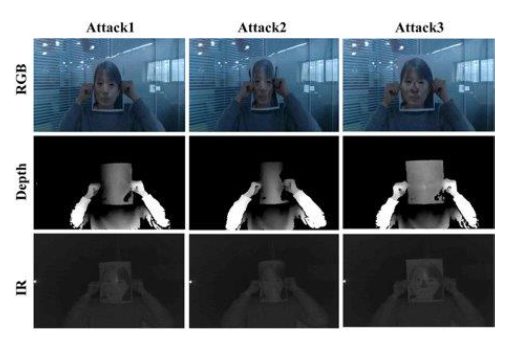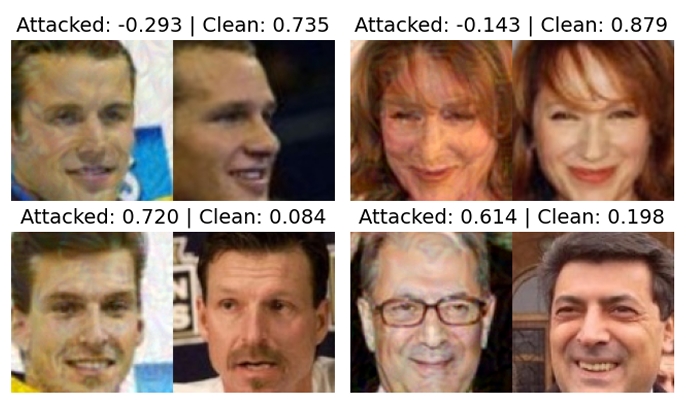
Dealing with Overfitting in the Context of Liveness Detection Using FeatherNets with RGB Images


Featured in:
Proceedings of the 12th International Conference on Pattern Recognition Applications and Methods - ICPRAM
Authors:
Miguel Leão and Nuno Gonçalves
With the increased use of machine learning for liveness detection solutions comes some shortcomings like overfitting, where the model adapts perfectly to the training set, becoming unusable when used with the testing set, defeating the purpose of machine learning. This paper proposes how to approach overfitting without altering the model used by focusing on the input and output information of the model. The input approach focuses on the information obtained from the different modalities present in the datasets used, as well as how varied the information of these datasets is, not only in number of spoof types but as the ambient conditions when the videos were captured. The output approaches were focused on both the loss function, which has an effect on the actual ”learning”, used on the model which is calculated from the model’s output and is then propagated backwards, and the interpretation of said output to define what predictions are considered as bonafide or spoof. Throughout this work, we were able to reduce the overfitting effect with a difference between the best epoch and the average of the last fifty epochs from 36.57% to 3.63%.


© 2024 VISTeam | Made by Black Monster Media

Institute of Systems and Robotics Department of Electrical and Computers Engineering University of Coimbra